MMC Blog
The Impact of Weather on Fencing
Your fence must confront many foes and rivals in its effort to stay standing. Over the years, it may face off against rain, hail, snow, ice, and wind as well as insects, animals, humans, and more. When you select a new fence, be sure to consider how it will stand up to the pressure. Some fences can withstand their enemies, while others fall apart. In addition, even if a fence can stand strong (retaining its structural integrity) when battered by Mother Nature, remember that it may lose its aesthetic appeal. Especially if you live in an area that experiences extreme temperatures, harsh winds, and heavy precipitation, consider the impact of weather on fencing.
The Impact of Weather on Fencing
HEAT & COLD
When the temperature drops in wintertime, some fences become brittle and less flexible. When this fragility is combined with pressure, the fence may crack or break. In addition, some fences expand in hot temperatures, which can lead to damage if the fence isn’t flexible enough to allow for some expansion and contraction. It can also cause the fence to warp, which can pull the boards off of their fasteners. Look for fences that have been engineered to accommodate a wide range of temperatures with ease.
SUNLIGHT
The impact of weather on fencing extends to beloved features of nature as well, like sunlight. You might love to bask in the sun’s rays on summer days, but some fences can become discolored or degraded if subjected to ultraviolet (UV) rays. Wood fences, for instance, are known to quickly fade due to sunlight. Look for fences built to withstand strong sunlight. For example, many modern vinyl fences contain titanium dioxide (TIO2), which prevents ultraviolet degradation, and some stains and finishes provide protection from UV rays.
MOISTURE
When water is allowed to sit on a permeable material, it can create mold, mildew, or rot. Wood fences are particularly susceptible to moisture damage. A soft-feeling fence can be an indication of rot (which will need to be replaced), and any small holes or cracks in your fence should be patched with putty. Look for fences with waterproof treatments or, better yet, simply choose an impenetrable material like vinyl or aluminum.
SNOW & ICE
Snow, of course, presents many of the same drawbacks as rain, sleet, and other forms of moisture. When the weather warms and the snow melts, mold, mildew, and rot are a possibility. Additionally, snow and ice can place a lot of pressure on a fence if they accumulate on the top. For some fences (such as a thin aluminum), this likely won’t be a big deal. But if your fence has wide, flat surfaces or large post caps, the weight of accumulated snow or ice can cause sagging, warping, or cracking. Be sure to choose a sturdy, strong fence and have it properly installed to avoid winter weather damage. In addition, brush off large amounts of snow if it begins to pile up on your fence.
HAIL
If you have ever experienced golfball or even softball-sized hail, you know how destructive the elements can be. In addition to roofs and cars, hail can target fences and create unattractive marks. Again, wood fences are quite susceptible to damage. If hail is a big concern for you, consider aluminum fencing, which isn’t easily defaced.
WIND
Although moderate winds shouldn’t be a problem for most fences, very strong winds can push a fence over. To this end, look for a fence that is structurally sound and composed of a sturdy material. In addition, the construction must be matched with proper installation if you want your fence to withstand the wind. If you feel confident completing a DIY job, go ahead and install the fence yourself (and be sure to choose a fence that offers easy installation). If not, hire professionals. Finally, remember that wind can blow dust, leaves, grass, etc. against your fence. To avoid damage or strenuous maintenance, look for a fence that won’t stain and can be cleaned effortlessly.
_____
The impact of weather on fencing can be significant. Most fences are designed to withstand the elements, but some materials are stronger and more reliable than others. So as you compare fencing options, take weatherability into account. How will your new fence enjoy basking in strong sun rays on summer days? Will your fence crack under the pressure of extreme temperatures? Is it durable enough to withstand gargantuan gusts of wind? Low-maintenance fencing options like vinyl and aluminum can withstand strong weather. They are engineered to resist a variety of damage caused by extreme weather conditions, including corrosion, fading, rot, mildew, mold, sagging, peeling, chipping, rusting, and discoloration.
Note that most warranties do not cover damage caused by the weather. However, homeowners insurance policies often do cover fencing damage. Unless the policy states otherwise, your insurance likely covers your fence. Contact your insurance agency to be sure. In addition, know that sometimes the cost to repair a fence isn’t much more than the insurance deductible. In that case, evaluate whether it is in your best interest to file a claim.
Finally, if you’re interested in purchasing a new fence, be sure to check out MMC Fencing & Railing. In our online store, you’ll find high-quality and virtually maintenance-free vinyl and aluminum fencing systems. All of our products come with a protective warranty and are built to last a lifetime. To learn more about our fencing systems, please give us a call at 1-866-931-5002. We would be happy to help you select a fencing system that fits your needs and abates your concerns regarding the impact of weather on fencing. Good luck!



